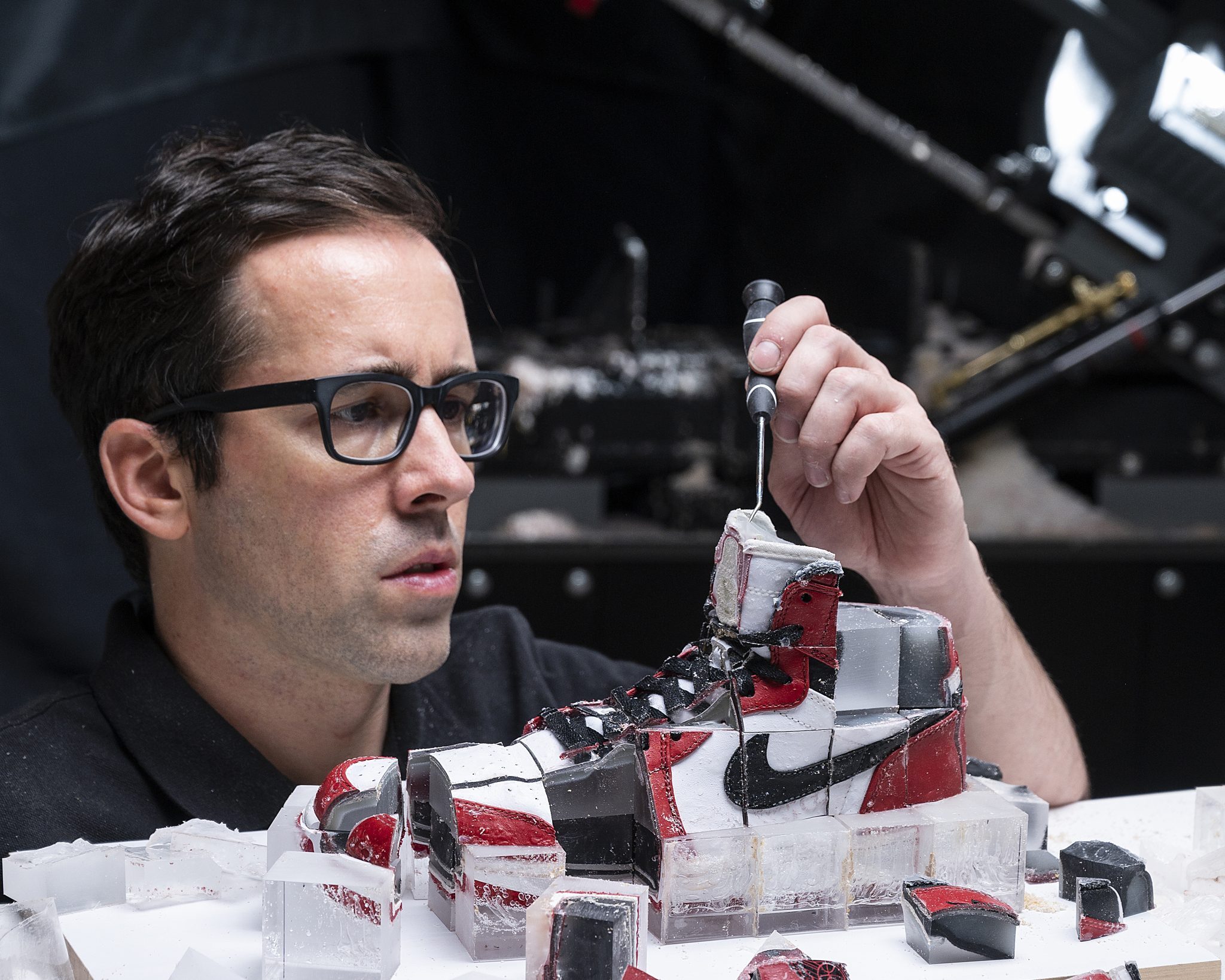
#1
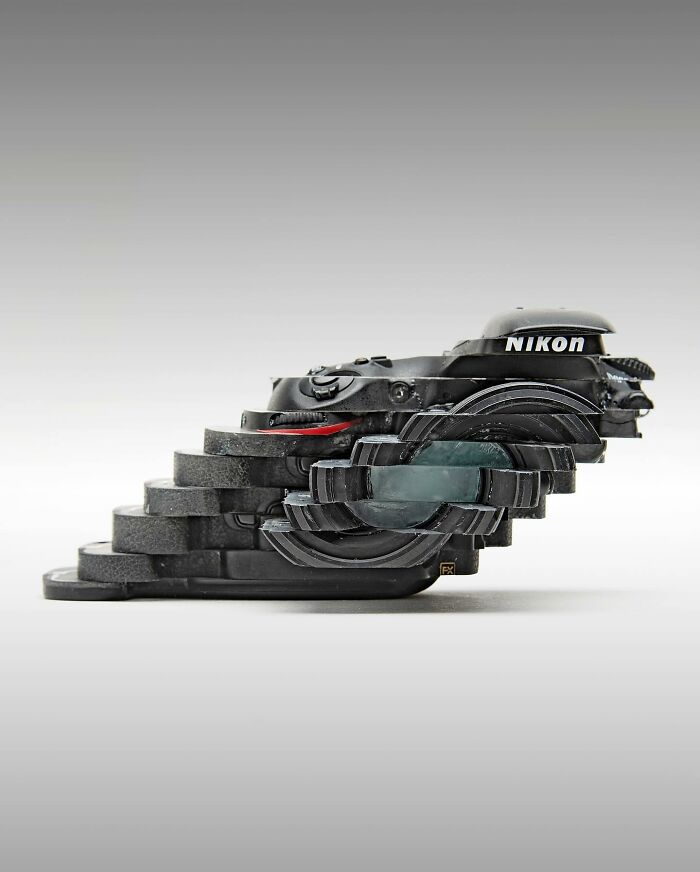
Image credits: fabianoefner
#2
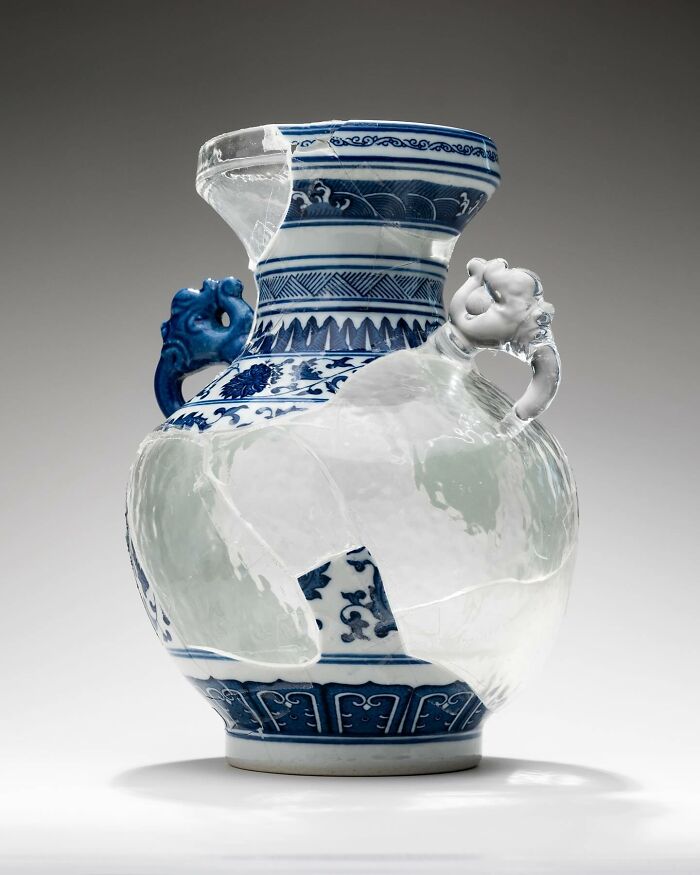
Image credits: fabianoefner
#3

Image credits: fabianoefner
Fabian Oefner was born in Aarau, Switzerland in 1984. He studied painting, photography, typography and art history at the Basel University of Art and got a Bachelor of Arts in Product Design at the University of Applied Sciences and Arts in Northwestern Switzerland.
Back in 2013, he founded Studio Oefner and collaborating with such scientists as theoretical physicist Brian Greene, institutes like CERN and the Edgerton Center at MIT, Fabian created mesmerizing photographic series like “Black Hole”, “Big Bang” and “Infinite Moment in Time” - all of them helping us better understand the concept of time.
Always trying to find the collision between emotional and rational approaches to one’s surroundings, the artist has gotten attention from The Washington Post, National Geographic, Der Spiegel, Stern, Wired, BBC, and many others. In 2013, Fabian also gave a TED talk about his art and the process behind it.
#4
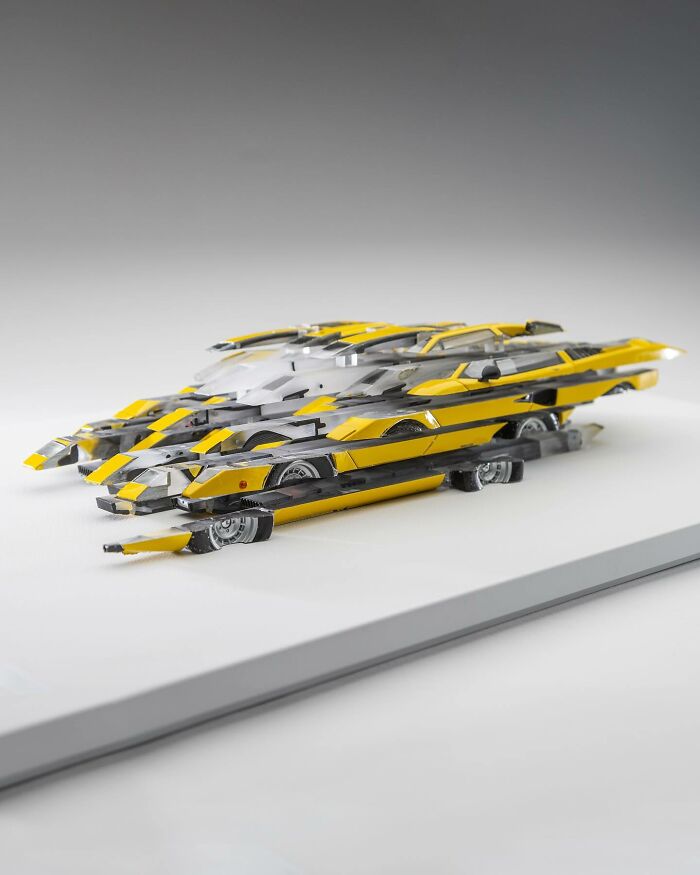
Image credits: fabianoefner
#5
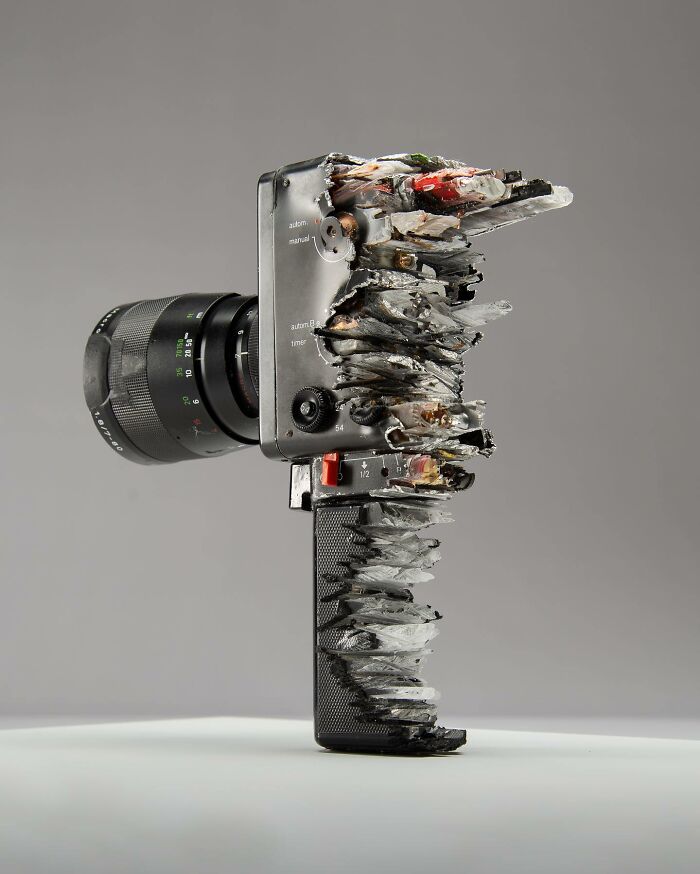
Image credits: fabianoefner
#6
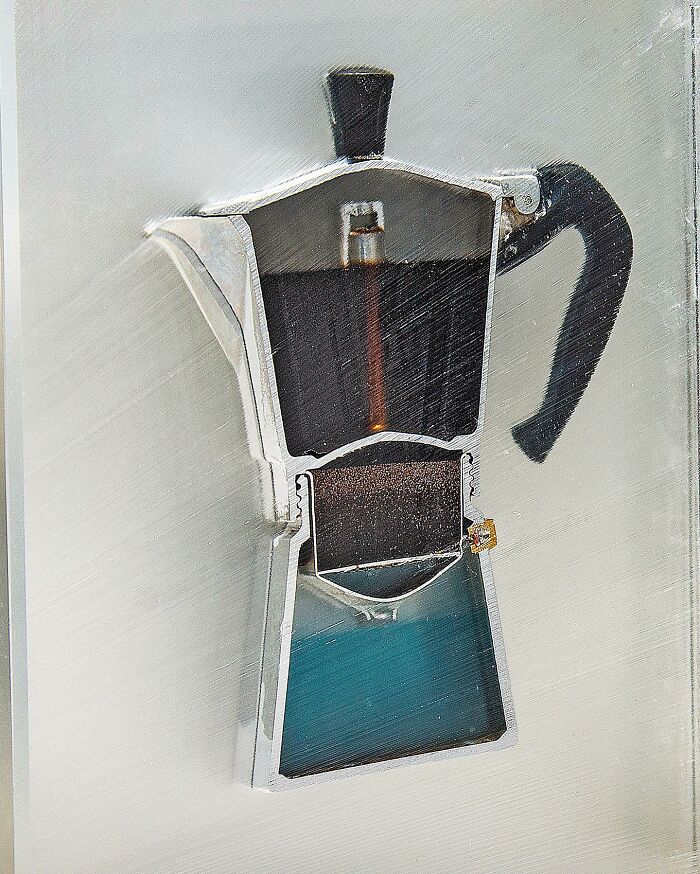
Image credits: fabianoefner
Studio Oefner is a very special place where Fabian harmoniously brings art and science together. Indoor tornados to study the motion of air, cutting through a Leica camera on an archaic band saw, or disassembling a real Lamborghini Aventador bringing a hyperrealistic moment into existence that never was there are only a few examples of extraordinary experiments made in his huge playground.
In 2019, Fabian was conducting a climate data experiment as part of Heartbeat of the Earth from the Google Arts & Culture Lab series. He was visualizing the retreat of Alpine glaciers in Switzerland. An equipped drone with powerful LED lights flew over the glaciers at nighttime and then by using Google Earth’s 3D feature to find the best angle for photographs on the glacier, the artist took long-exposure images for each glacial expansion of a certain year.
In the same year, Fabian also worked on the exploration of reality by transforming day-to-day objects like sneakers, cameras, and computers into phantasmagorical shapes that would challenge our usual understanding of these objects, altering our perception of reality.
#7
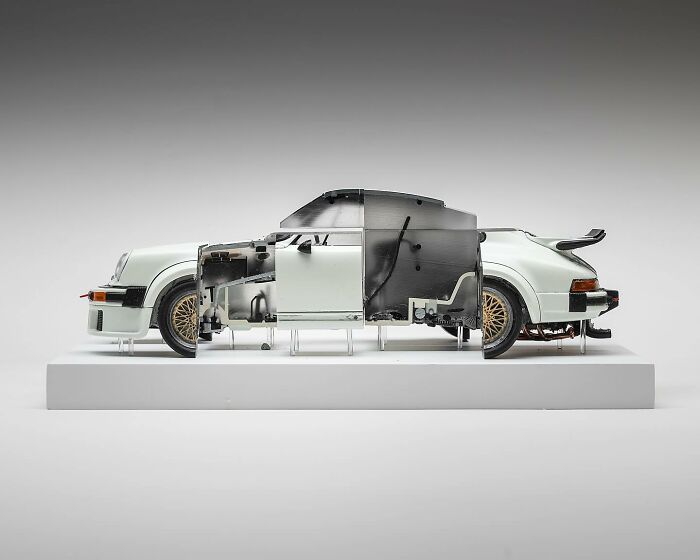
Image credits: fabianoefner
#8
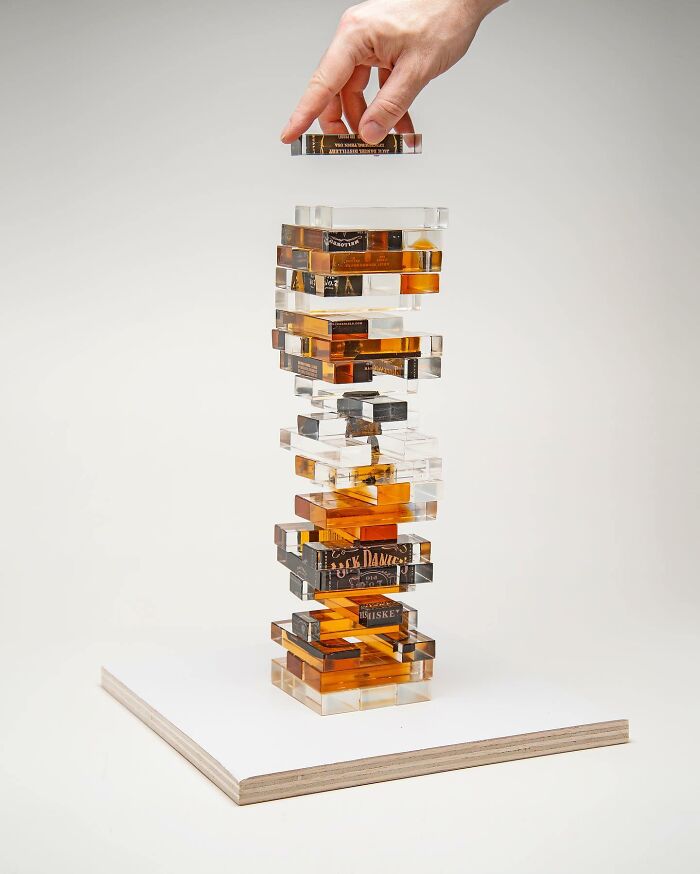
Image credits: fabianoefner
#9
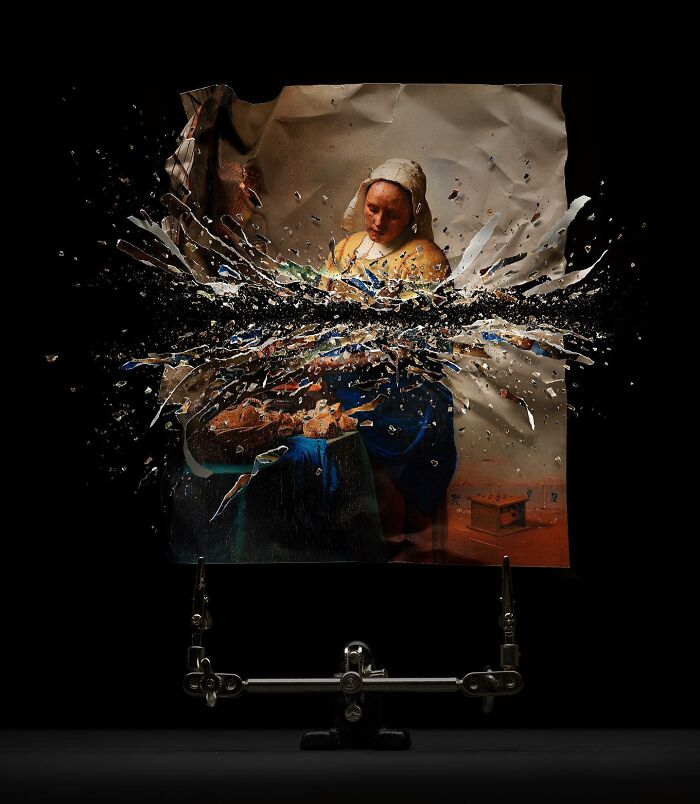
Image credits: fabianoefner
CutUp is an eclectic series of technical objects which were sliced, rearranged and distorted into a new form and then encapsulated in resin. In this series, the tool was transformed into a piece of art, revealing the hidden beauty underneath the surface.
The other series called Fragments showcases eight communication devices representing technological milestones of different eras including a model 500 telephone designed by the Bell Telephone company or a MacBook Pro designed by Apple.
Fabian cut the devices into small pieces and removed most of them before embedding all of them into resin. The remaining fragments were arranged in their original position within the object, so that the overall shape of the device would remain intact.
These series referred to an incomplete sentence that could be interpreted in so many different ways.
#10
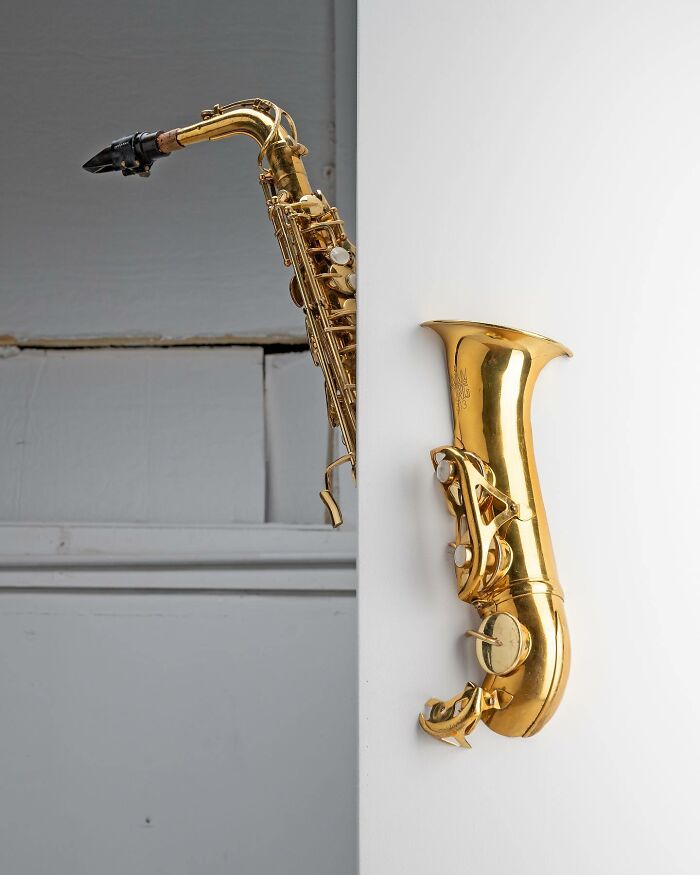
Image credits: fabianoefner
#11

Image credits: fabianoefner
#12
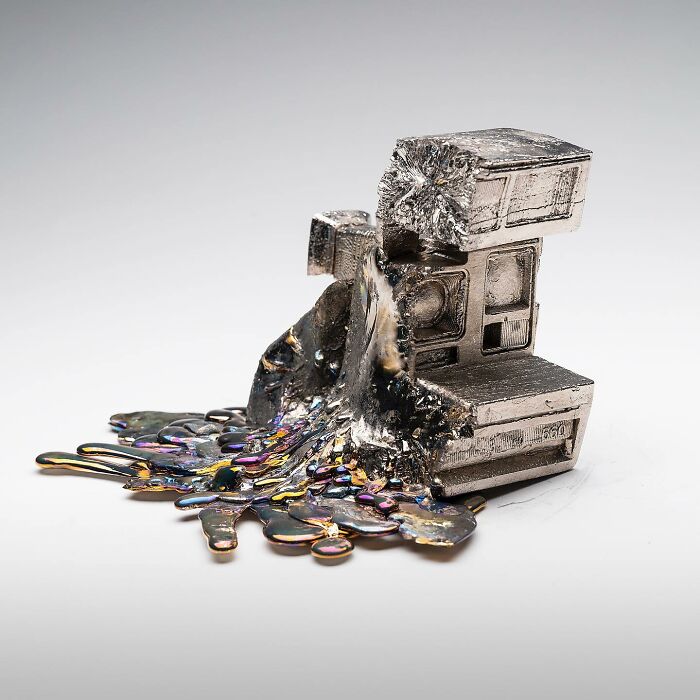
Image credits: fabianoefner
The other, no less stunning project was called Spatial Books: a collection of iconic objects embedded in resin and turned into impressive sculptural books.
In one of them, The Bialetti Book, the artist filled a Bialetti Moka espresso pot with actual coffee and embedded it all in resin.
“Usually, books depict an abstraction of reality, whether by describing something through words or images. This book eliminates that abstraction by reducing and showing the real object in its pages. It is an instantaneous information gain about the Moka pot through our eyes and touch, expressing an iconic design in a different mode,” Fabian explained.
“As you browse through the pages, you get a completely different look on these familiar objects. The result is an intensified sense of space, dimensions, materiality, and time,” he added.
#13
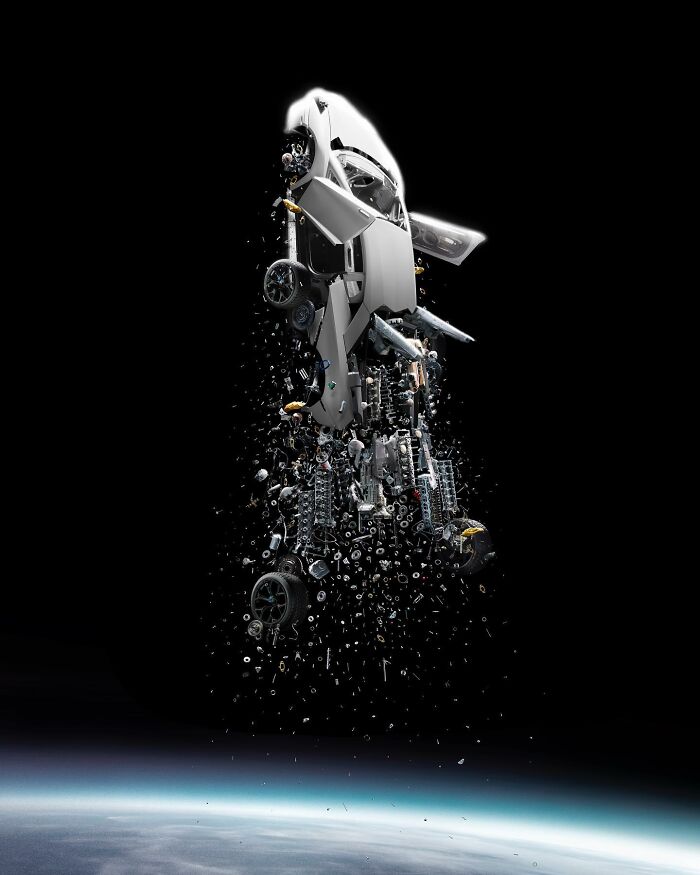
Image credits: fabianoefner
#14
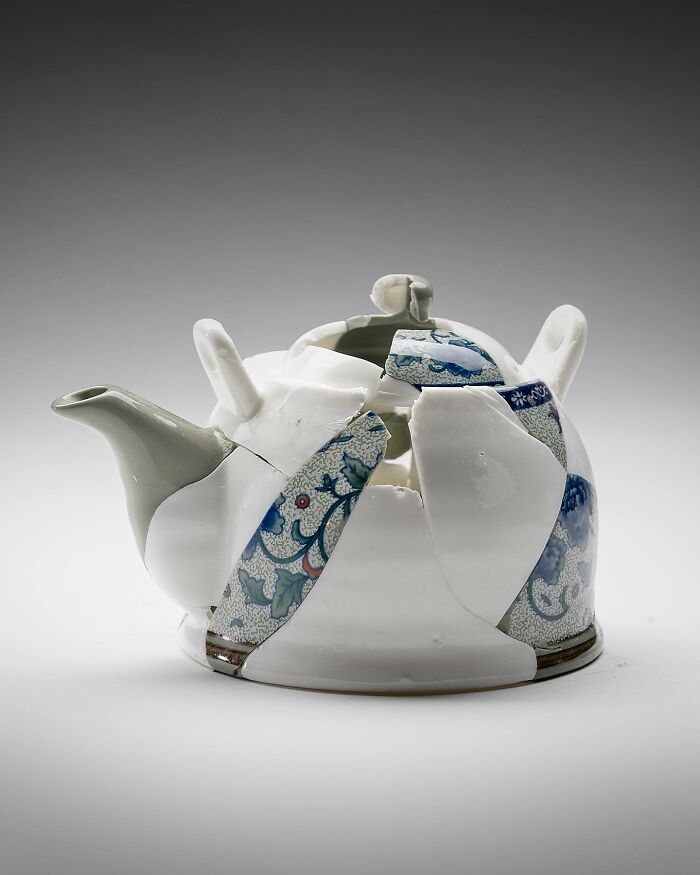
Image credits: fabianoefner
#15
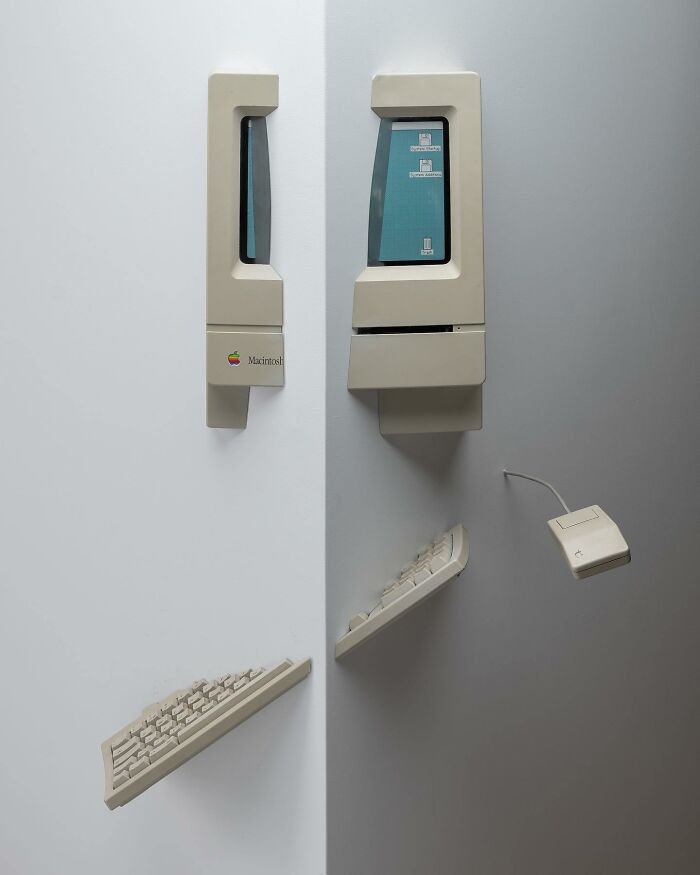
Image credits: fabianoefner
One of his most recent works is called Escape Velocity where Fabian cuts everyday items such as a saxophone, computer, or sneaker in a way that makes them appear as if they are somehow magically pushed through the wall.
“The methods of my art are like photoshop for the real world. I am reversing the process, translating digital tools like slicing or clipping into analog techniques of work,” Fabian shared.
“In an environment dominated by manipulated images and artificially created content, I really enjoy creating these objects that have a physical presence and are profoundly real, yet seem to come from a digital realm,” the artist added.
#16
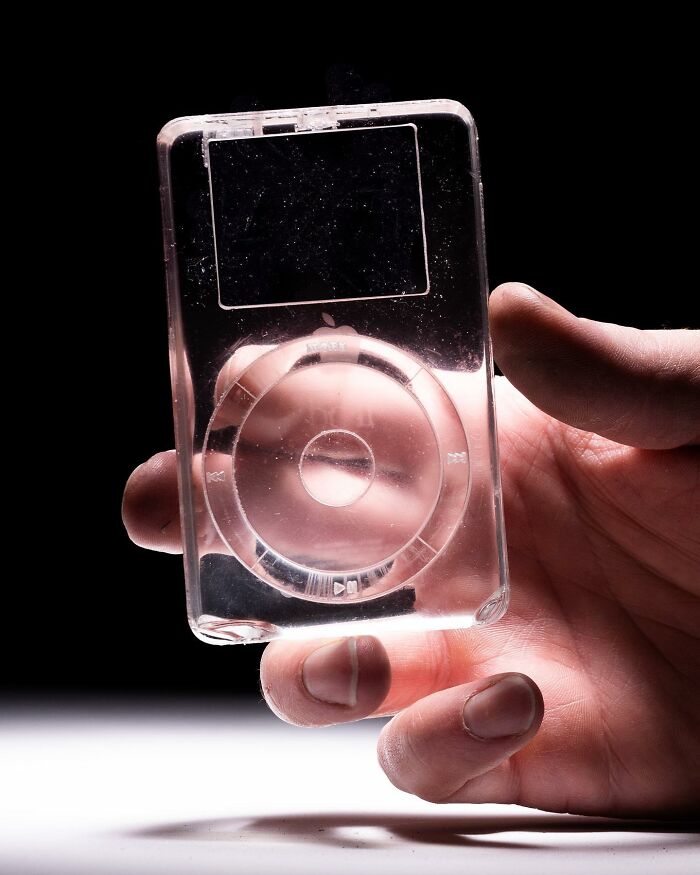
Image credits: fabianoefner
#17
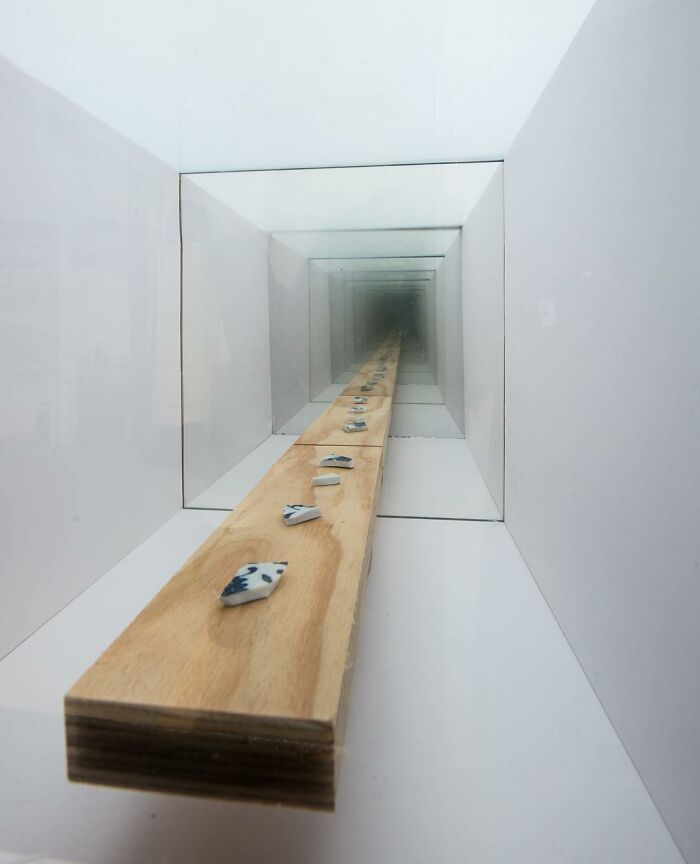
Image credits: fabianoefner
#18
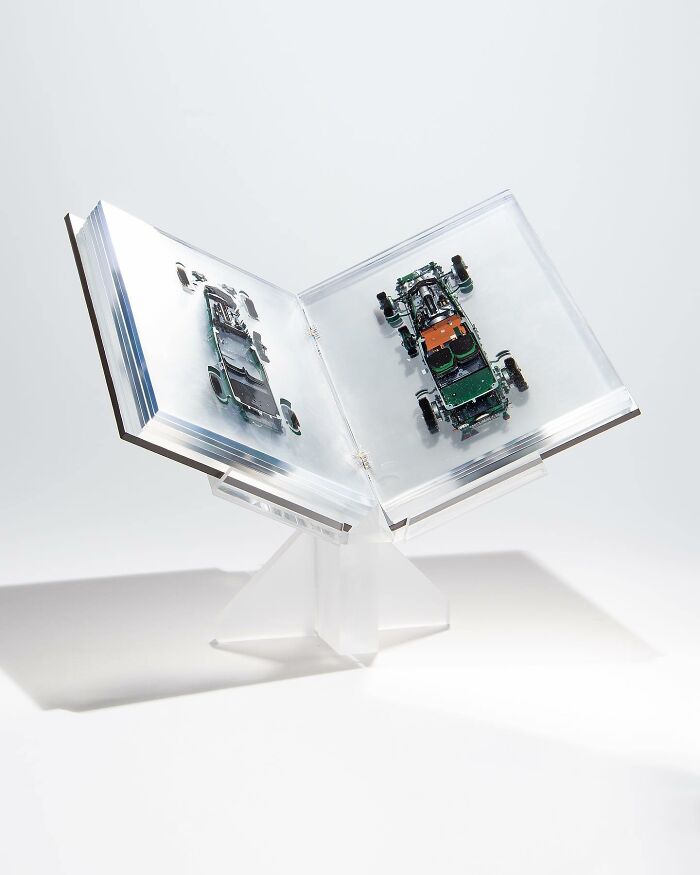
Image credits: fabianoefner
Asked about how Fabian started his artistic career, he said in an interview with Bored Panda that it all started early on in his childhood.
“I would crush toy cars in a vice to see how they come apart, build telescopes to observe the night sky, experiment with sound waves traveling through water,” Fabian recalled his memories.
“I was always very curious about my surroundings. Which led to me becoming an artist. Because I realized that through art I can explore all these different interests of mine,” he added.
#19
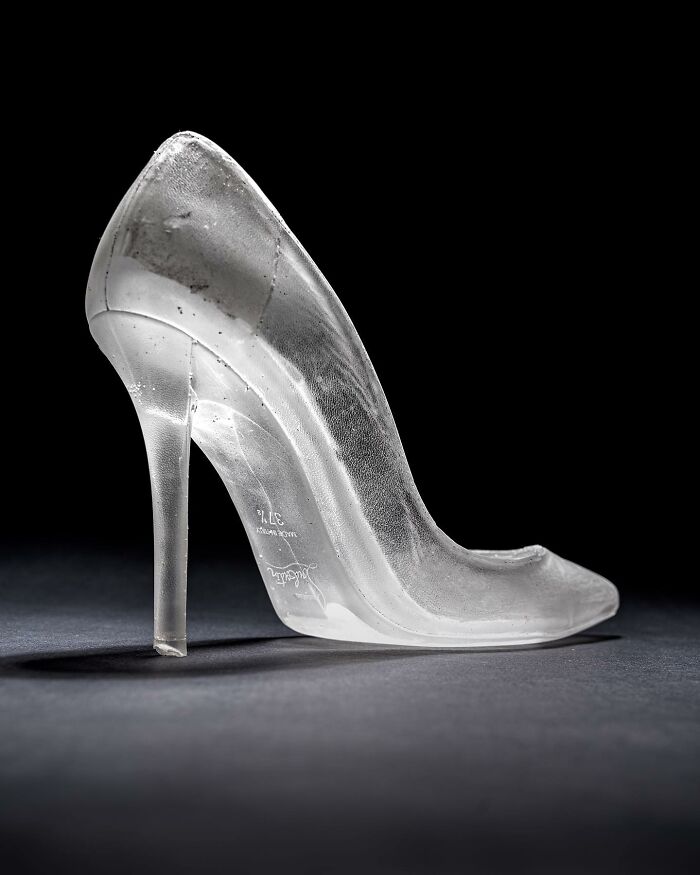
Image credits: fabianoefner
#20
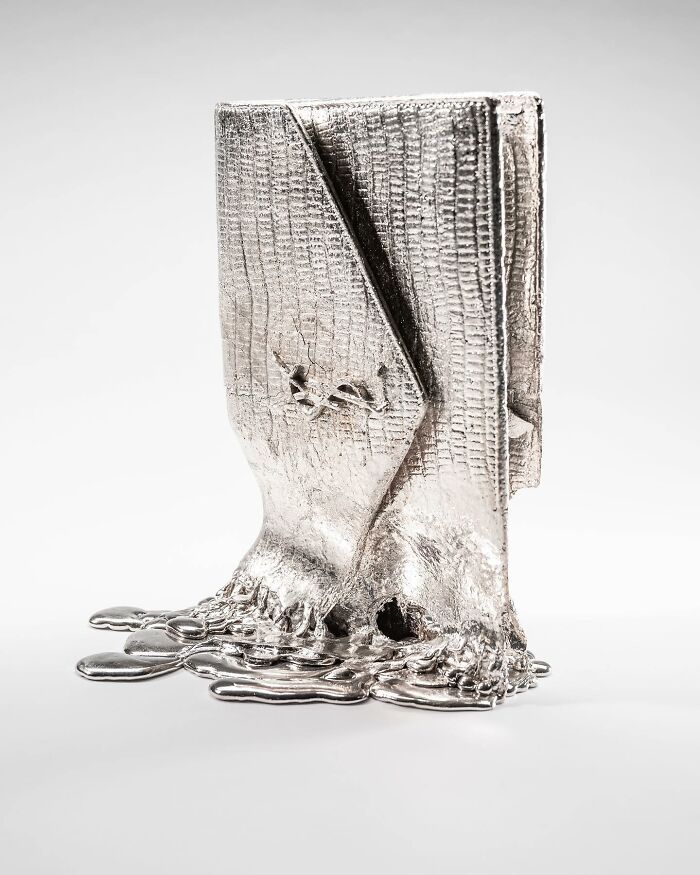
Image credits: fabianoefner
#21
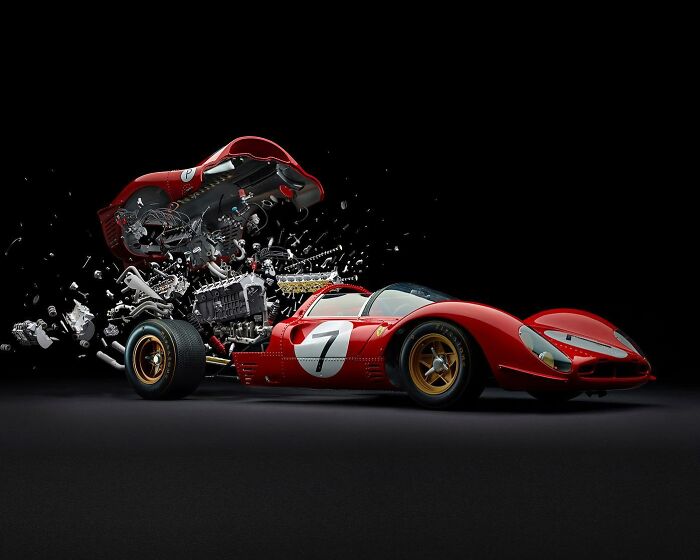
Image credits: fabianoefner
The artist mentioned that one of the most challenging projects he’s currently working on is building an experiment to recreate the northern lights or aurora.
“I am following the plans of a Norwegian scientist, Kristian Birkeland, who did a lot of research to figure out why northern lights exist. He built a little chamber in which he could recreate the northern lights,” he explained. “We are currently in the process of rebuilding that chamber at the studio,” he added.
Fabian also added that he is currently experimenting with a new series that takes painting into the 3rd dimension, and you can see a little preview of this below.
#22
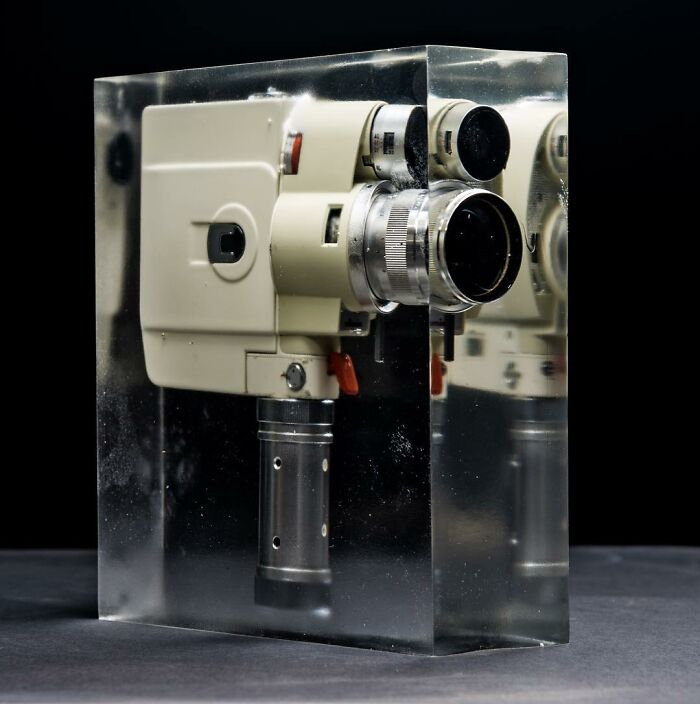
Image credits: fabianoefner
#23
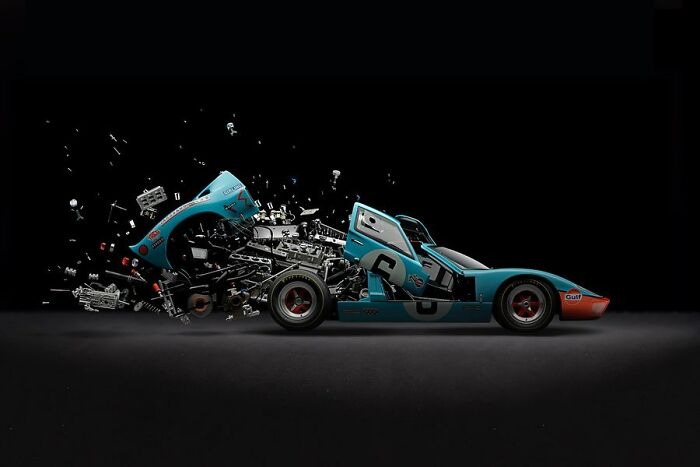
Image credits: fabianoefner
#24

Image credits: fabianoefner
Inspired by Salvador Dali’s theme of surrealism and a dream world that he referred to, Fabian’s extraordinary artworks are part of several public and private collections across the world today.
With his unique talent of merging scientific concepts with artistic expression, Fabian invites us to embrace the tiniest moments and the magic that happens around each and every one of us every day.
#25
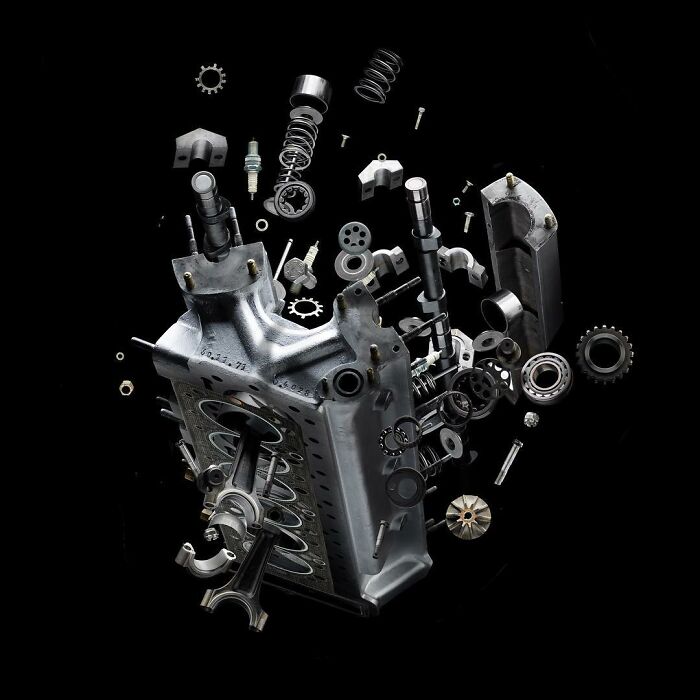
Image credits: fabianoefner
#26
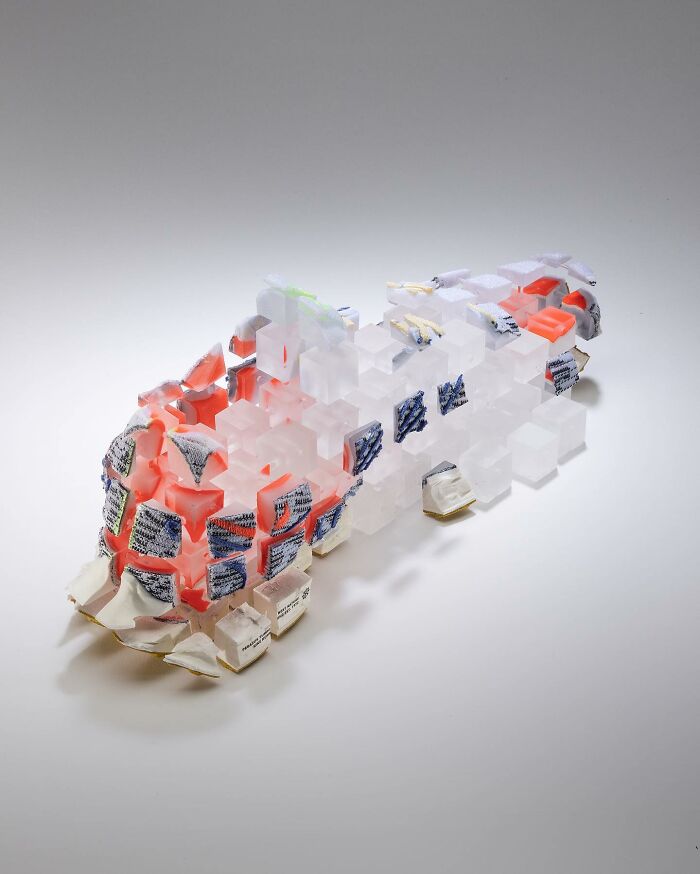
Image credits: fabianoefner
#27
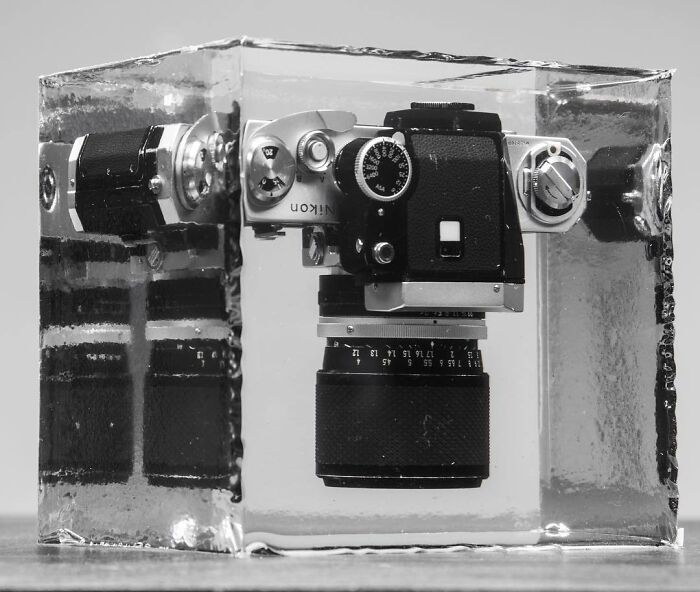
Image credits: fabianoefner
#28
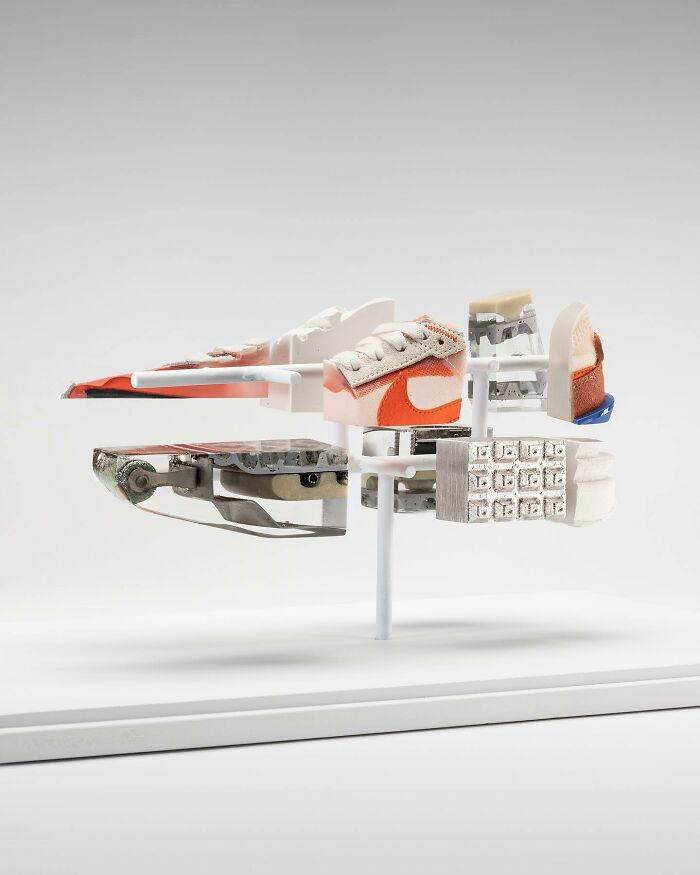
Image credits: fabianoefner
#29
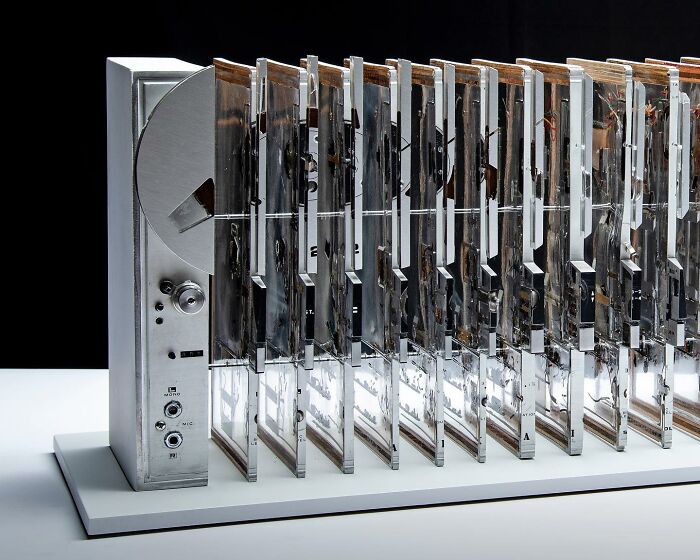
Image credits: fabianoefner
#30
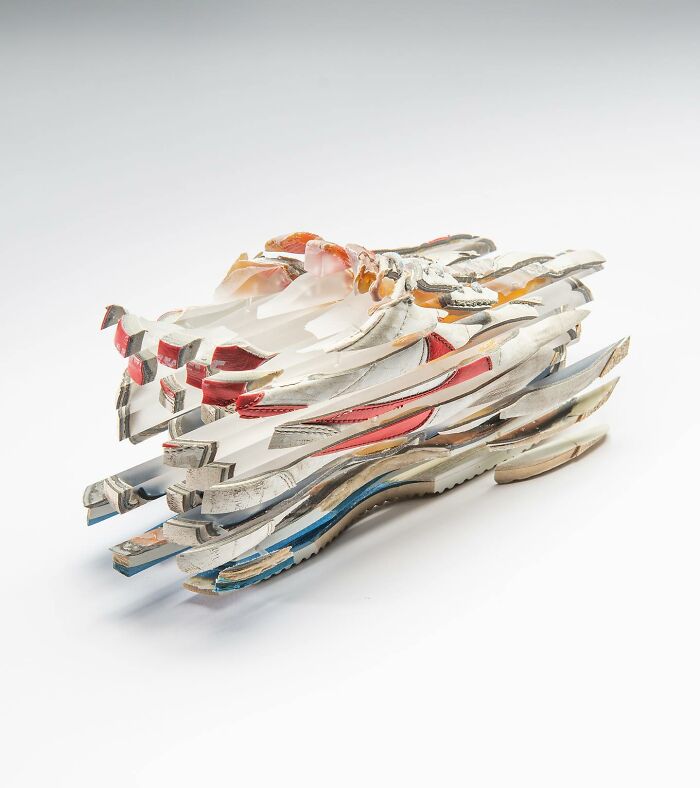
Image credits: fabianoefner
#31
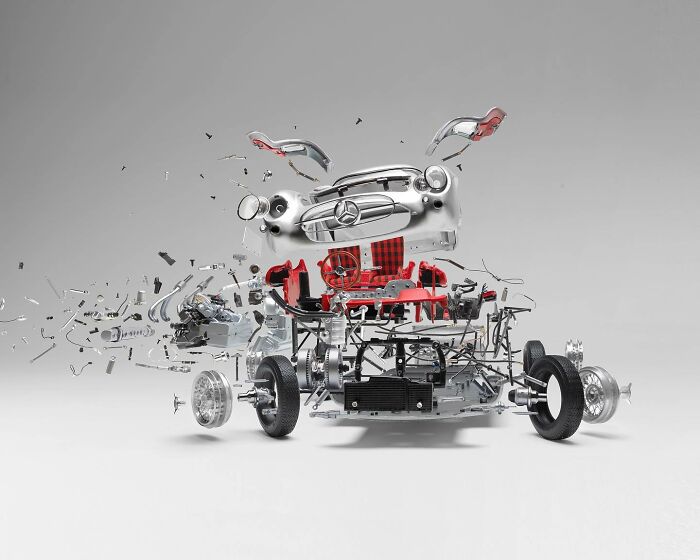
#32
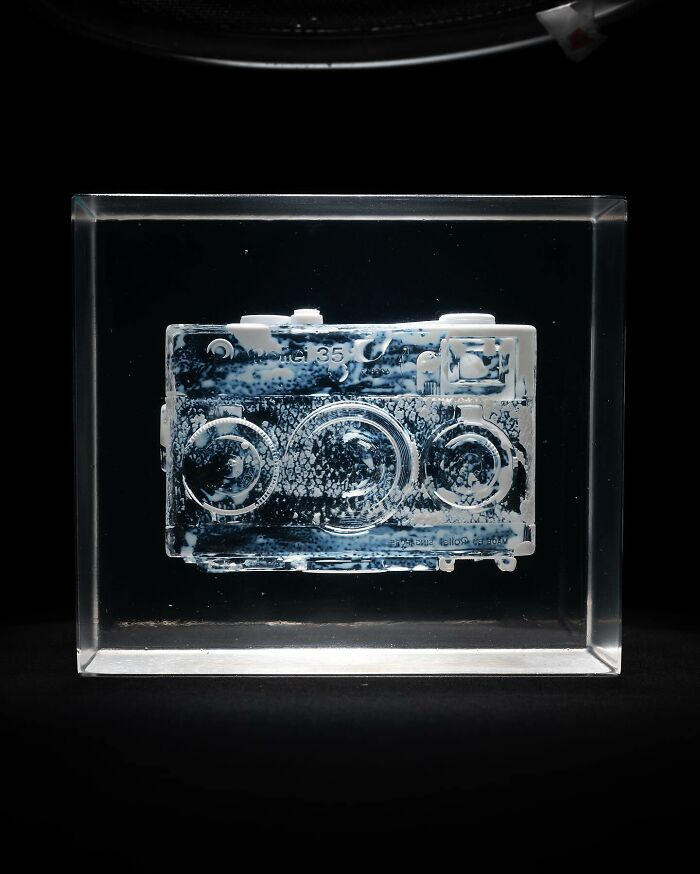
Image credits: fabianoefner
#33
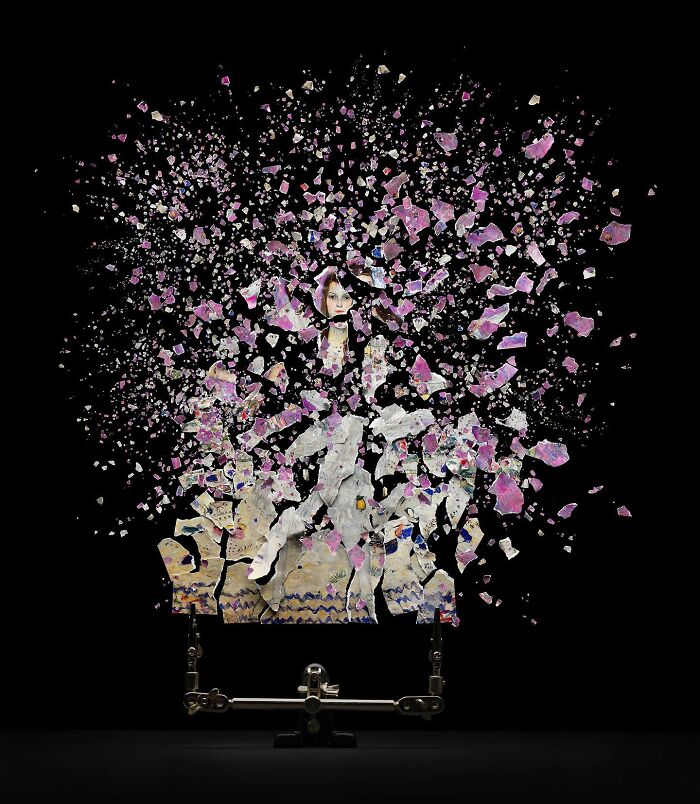
Image credits: fabianoefner
#34
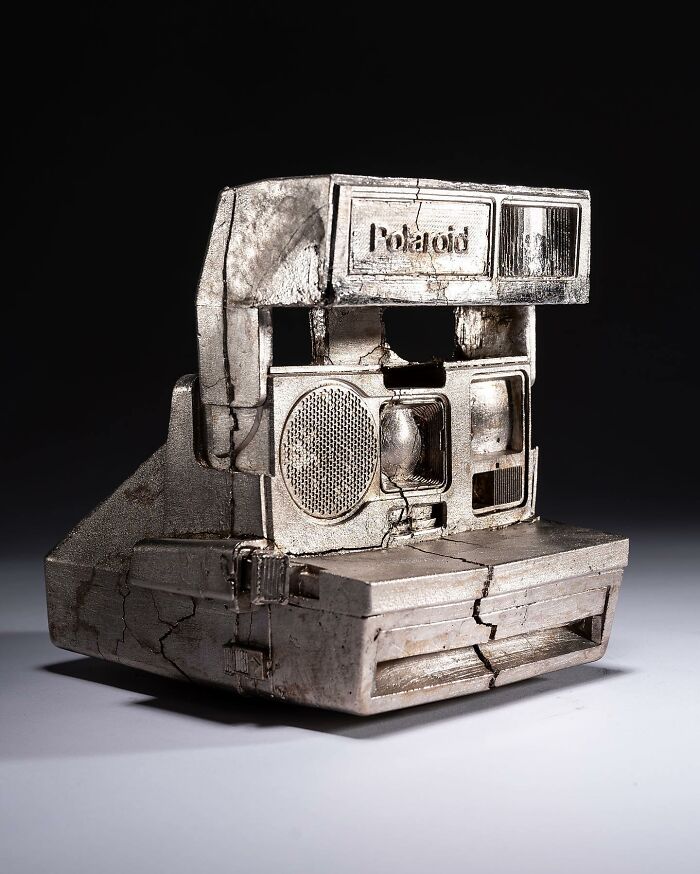
Image credits: fabianoefner
#35
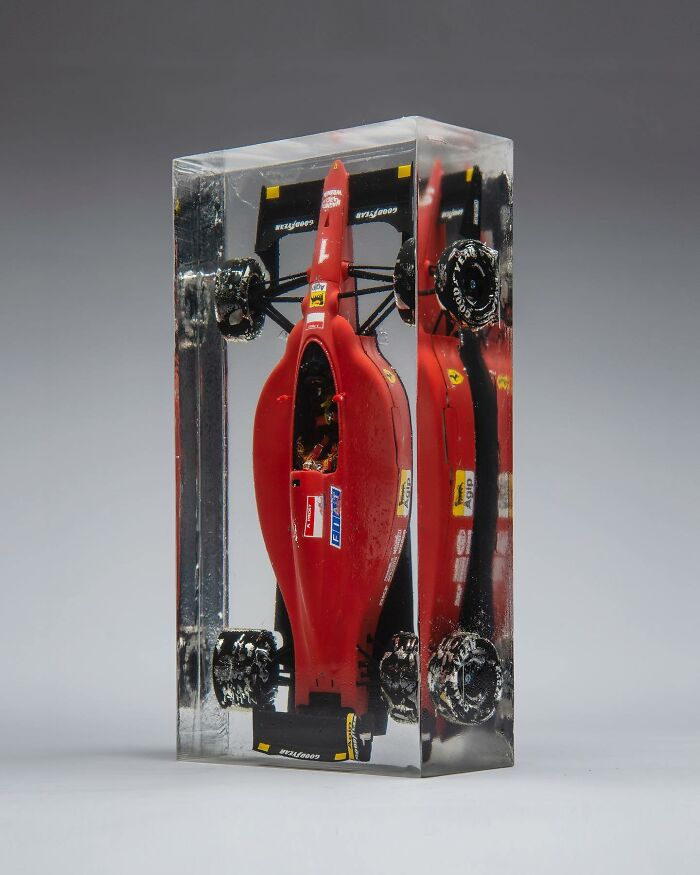
Image credits: fabianoefner
#36
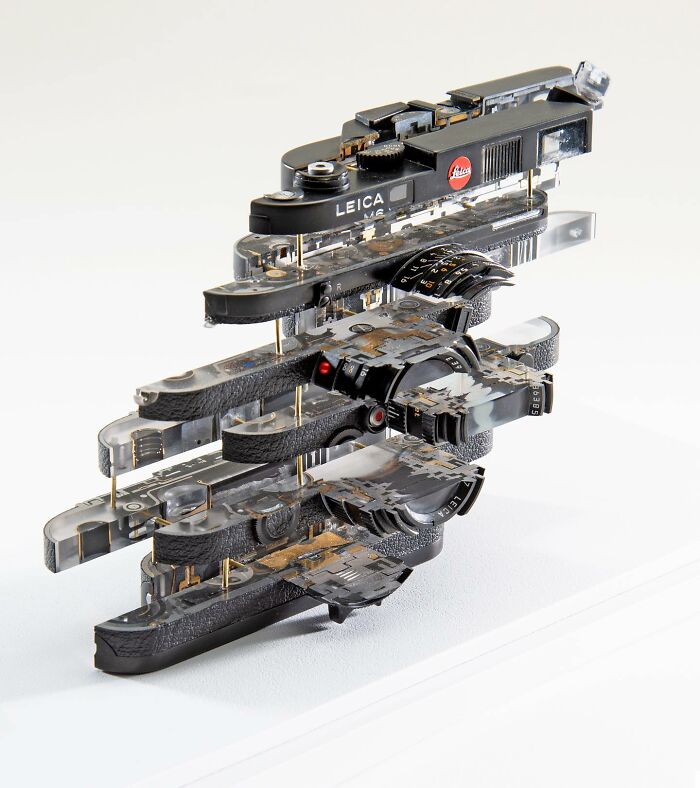
Image credits: fabianoefner
#37
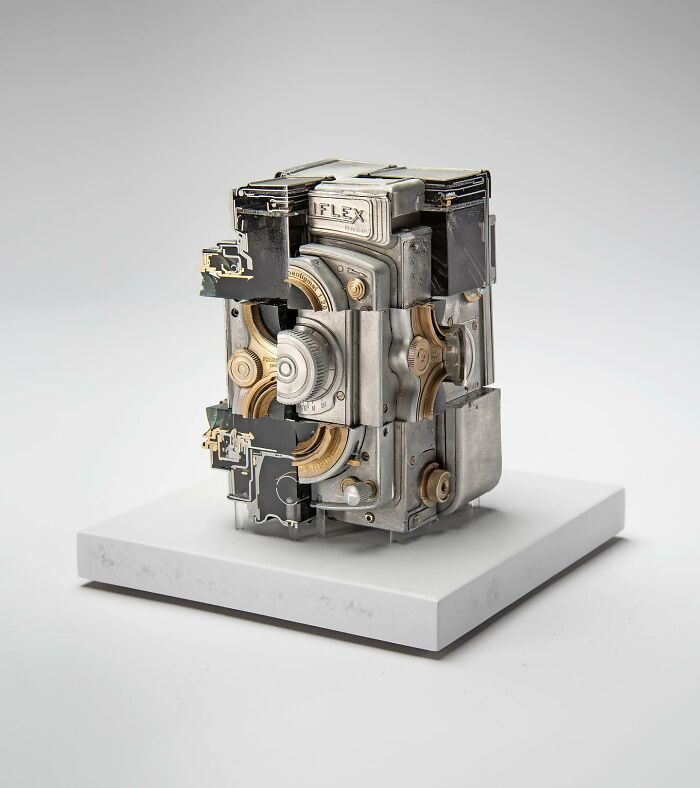
Image credits: fabianoefner
#38
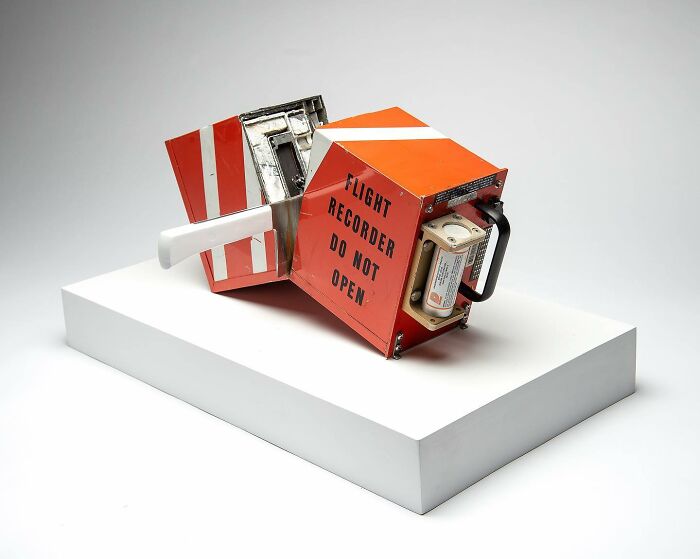
Image credits: fabianoefner
#39
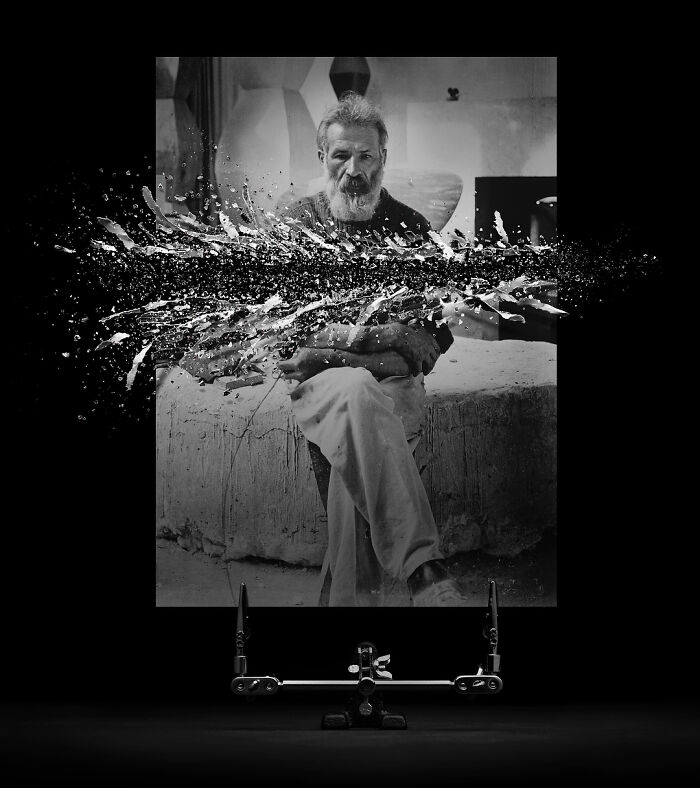
Image credits: fabianoefner





!["[T]he First and Fifth Amendments Require ICE to Provide Information About the Whereabouts of a Detained Person"](https://images.inkl.com/s3/publisher/cover/212/reason-cover.png?w=600)

